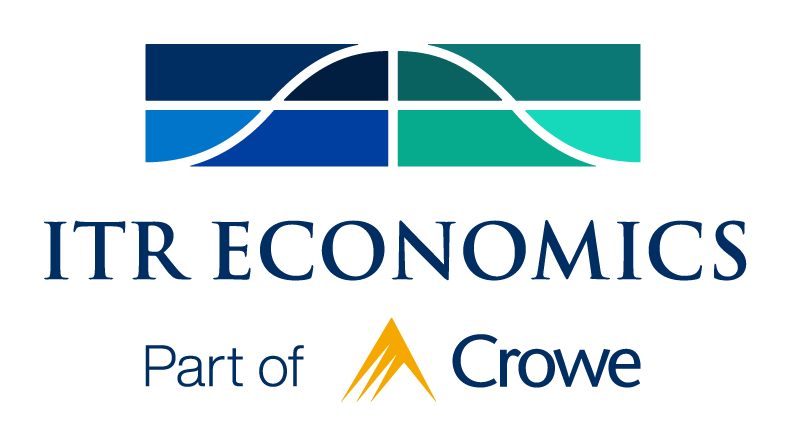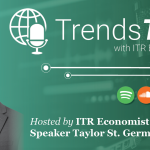WEEKLY FED WATCH
This week on Fed Watch, ITR Economist Lauren Saidel-Baker discusses the recent volatility in tariff policies and their impact on the economy. How might these tariffs and inflation trends affect your business? Tune in for detailed insights!
Key Episode Takeaways
- 0:11 – Volatility in tariff policies and real economic impacts
- 1:01 – Consumer Price Index analysis
- 1:49 – Tariff impact assessment and inflationary effects
- 3:09 – Reviewing the Federal Reserve Board meeting in March and potential Fed actions
The below transcript is a literal translation of the podcast audio that has been machine generated by Notta.
Hi, I’m Lauren Saidel-Baker, and thank you so much for joining me for this April 11th edition of FedWatch. It has been a pretty volatile couple of weeks. When we talk about tariff policy, reversals, reversals of those reversals, there is a lot of uncertainty out there.
Now, as always, we at ITR are not here to deliver the news of whatever the latest tariff policy is, but moreover to unpack what those tariffs mean to the real economy, to your business and to things like interest rates and Fed policy. Now, the market has had a lot to say about these tariffs, but I really want to reiterate the stock market is not the economy. Fundamentals are moving in a different direction, and the good news is those fundamentals have a lot of momentum behind them.
We’re starting to see some of this administration’s policies eek out into the real results that we see in data releases. One example, though, of the underlying fundamentals was yesterday’s CPI print. The numbers came in just a little bit softer than consensus had expected, and overall, we are still in that disinflationary environment on the consumer price side of things. We at ITR have been saying that there is a little bit more room to run with this disinflation in consumer prices, but by mid-year, the fundamentals underlying this trend are showing signs of life, signs of rise in pricing pressures. In fact, on the PPI side, the Producer Price Index, that’s where we do already see inflation starting to tick back up.
Now, layer all of the tariff news on top of that. Well, there was some walk back from the April 2nd initial announcement, 10% universal tariffs still in place, more elevated tariffs on certain countries, certain imports, those do tend to be inflationary. At the end of the day, what these tariffs are doing is they’re protecting that typically higher cost domestic manufacturing, but at the end of the day, they’re making imports more expensive. We in the United States simply do not have the existing capacity to make everything in this country that we consume. So the net effect will be rising pricing.
Where that comes into play with our broad inflation view, really this is adding a little bit more risk to that already heating up consumer price environment. By mid-year, the fundamentals, ex-tariffs were saying that pricing should start building. Tariffs are in fact adding fuel to that fire. They’re adding a little bit more urgency and a little bit more upside pressure on where pricing could head from here.
So with that relatively healthy, relatively benign print, let’s not think that we’re fully out of the woods when it comes to inflation. Businesses need to be very aware of that margin management and still watching pricing going forward.
Now also recently we got the minutes from the Federal Reserve’s March meeting. The quote that caught my eye was “a cautious approach”. So Fed in that meeting did price in median expectation for two more rate cuts in 2025. The market’s got a little bit above that in terms of consensus expectations. I think we’re getting a little bit of wishful thinking in terms of the market outlook.
But what matters at the end of the day, it’s not economic growth. It’s not the stock market. It’s not equity prices, for example. What matters to the Federal Reserve is their dual mandate. Full employment’s on the one side, inflation on the other. So with all of these mounting both fundamental inflation pressures and that tariff risk to the upside, that’s what we need to keep in a close watch when it comes to future Fed policy.
We’ll be watching it very closely as we continue to move through these tumultuous times. Watch those margins, protect your own pricing, but stick with us here at ITR Economics. We’ll see you next week here on Fed Watch.

